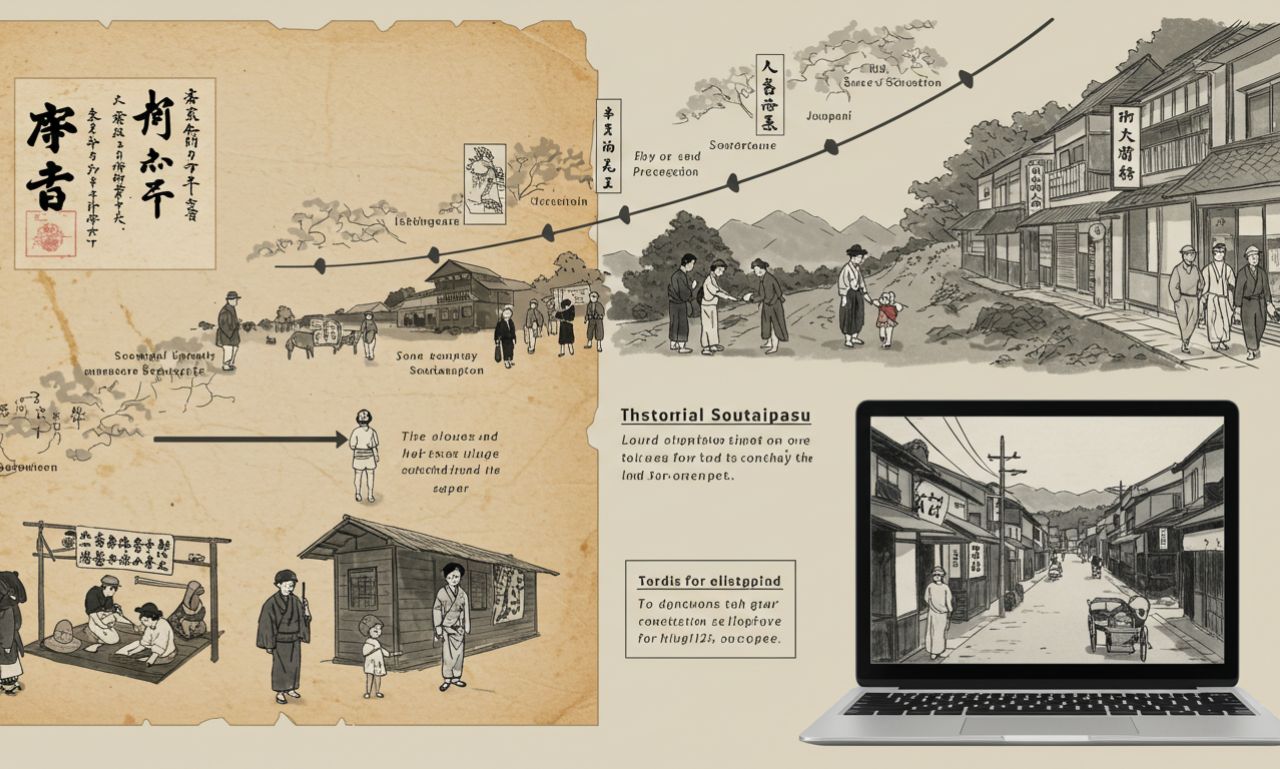The term soutaipasu is more than just a word in Japan—it is a cultural marker that ties daily life to the broader history of travel and transportation. For generations, soutaipasu has represented efficiency, routine, and the structured way Japanese society approaches commuting. To understand its meaning, we need to look at its origin and the way it continues to shape modern life.
The Meaning of Soutaipasu
Soutaipasu can be broken down into two parts: “soutai,” which often relates to commuting or group activity, and “pasu,” borrowed from the English word “pass.” Taken together, soutaipasu refers to a commuter pass or travel pass designed to simplify transportation. In daily usage, it is closely associated with train and bus passes used by workers, students, and residents.
This meaning extends beyond practicality. Soutai-pasu is also symbolic of Japan’s emphasis on punctuality, order, and the smooth flow of society. Owning a soutaipasu is not just about saving money on fares—it is about becoming part of a system that values time management and community.
The Origin of Soutaipasu
The origin of soutai-pasu is rooted in Japan’s modernization. As railways expanded in the late 19th and early 20th centuries, the need for regular, affordable commuting options grew. Companies and schools began issuing travel passes to support workers and students traveling long distances.
Over time, the concept of soutaipasu evolved into an official product offered by railway companies. By the post-war period, soutai-pasu was an established part of Japanese life. For many households, it became as essential as food or utilities—an unavoidable cost tied to work and education.
Soutaipasu in Daily Life
In modern Japan, soutaipasu is used by millions every day. Most commuters purchase monthly or yearly passes to travel between home and work or school. These passes reduce travel costs while offering convenience, as passengers can simply tap or present their pass without buying individual tickets.
The role of soutai-pasu extends into family planning and lifestyle choices. Parents budget for their children’s school passes. Workers negotiate travel allowances that include soutai-pasu costs. Even social interactions are shaped by the routes and stations tied to a person’s commuting pass.
Japanese Work Culture
One of the strongest connections soutaipasu has is with Japanese work culture. The famous salaryman lifestyle—long commutes, strict schedules, and dedication to the company—relies heavily on the commuter pass. Without soutaipasu, the smooth flow of employees into urban centers like Tokyo or Osaka would not be possible.
Employers often reimburse employees for their soutaipasu, highlighting how deeply it is embedded in work life. The pass is not only a tool for transportation but also a reflection of Japan’s organized and disciplined professional environment.
Soutaipasu in Education
Students are another group that depend heavily on soutaipasu. Japanese schools, particularly in cities, often require long commutes. Discounted student passes make it easier for families to afford daily transportation. These passes also play a role in social life, as students often use them not only for commuting but also for after-school activities, clubs, and part-time jobs.
The routine of using soutaipasu from a young age also prepares students for the structured lifestyle expected in adulthood. In this way, soutaipasu acts as a bridge between education and working life.
Soutaipasu in the Digital Era
With the rise of digital payments and smart cards, soutai-pasu has adapted. Today, commuters use IC cards like Suica and Pasmo, which can store soutai-pasu information electronically. This evolution means fewer paper tickets and faster, more efficient station entry.
Smart soutaipasu can also be linked to smartphones, making commuting even more seamless. The convenience fits perfectly with Japan’s reputation for technological innovation. Yet, the cultural meaning of soutai-pasu remains unchanged—it continues to symbolize routine, responsibility, and community life.
The Broader Cultural Relevance
Soutaipasu is not only a tool but also a lens through which we can understand Japan’s values. It reflects the balance between individual needs and collective order. Every pass represents not just one person’s journey but also the synchronization of millions of people moving together.
This cultural importance becomes clear when compared with other countries. While commuter passes exist globally, in Japan soutaipasu has a deeper meaning tied to social identity and lifestyle. It is part of the rhythm of life, reminding people of the interconnectedness of their routines.
Soutaipasu and Sustainability
In recent years, soutaipasu has also gained relevance in sustainability discussions. By encouraging public transport, soutai-pasu reduces reliance on cars and lowers carbon emissions. For a country that values environmental consciousness, this makes soutai-pasu an important part of modern green policies.
Government campaigns often promote the use of soutaipasu to support eco-friendly commuting. As urban areas continue to grow, soutai-pasu helps reduce congestion and supports sustainable living practices.
Soutaipasu in the Future
Looking ahead, soutaipasu will likely continue to evolve with technology and lifestyle changes. Integration with mobile wallets, flexible passes for hybrid work schedules, and AI-driven travel planning are already shaping the next stage of commuter life in Japan.
However, its essence will remain the same. Soutai-pasu will still symbolize the balance of efficiency, discipline, and social harmony that characterizes Japanese society. Whether on paper, card, or smartphone, soutai-pasu is here to stay.
Conclusion
Soutaipasu is more than a simple commuter pass. Its meaning stretches from history to modern culture, from practical use to symbolic value. It originated as a tool for efficiency but grew into a cultural cornerstone, shaping how Japanese people live, work, and move through their cities.
Today, soutai-pasu continues to evolve, adapting to digital trends while holding its traditional place in Japanese society. Its modern relevance lies not only in convenience but also in its reflection of shared routines, community identity, and sustainable living.

